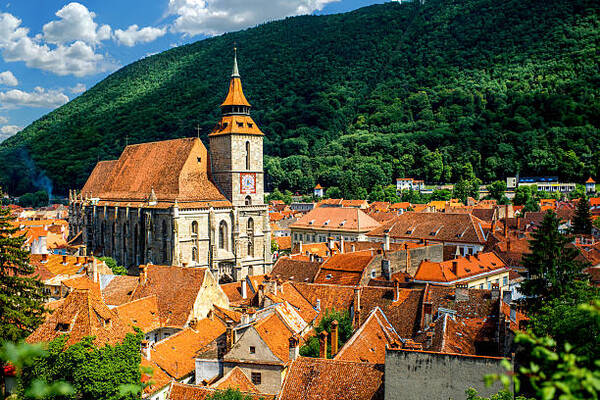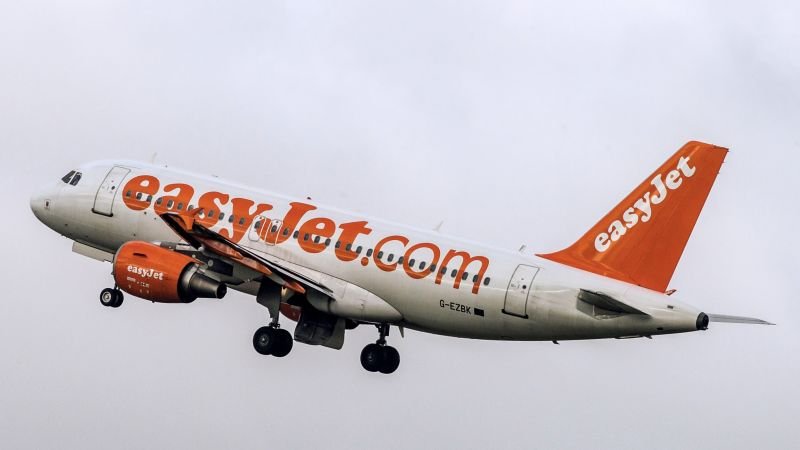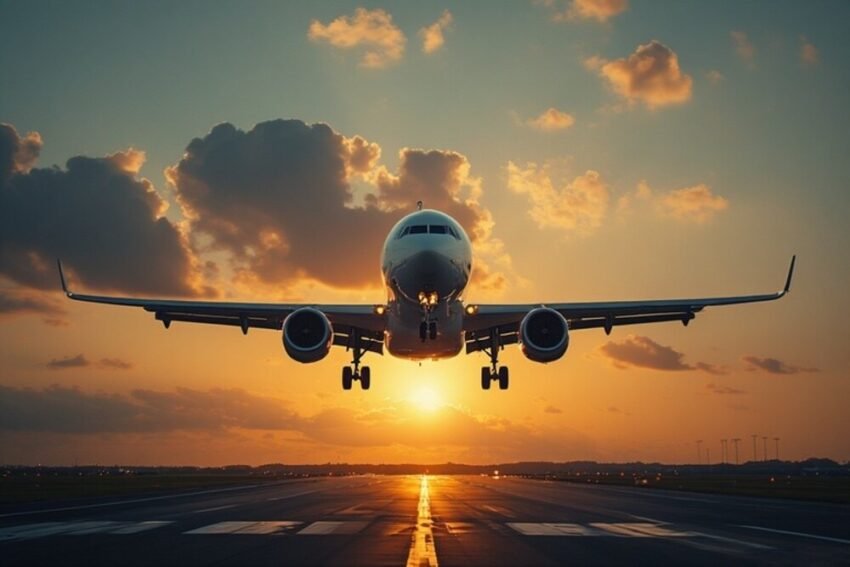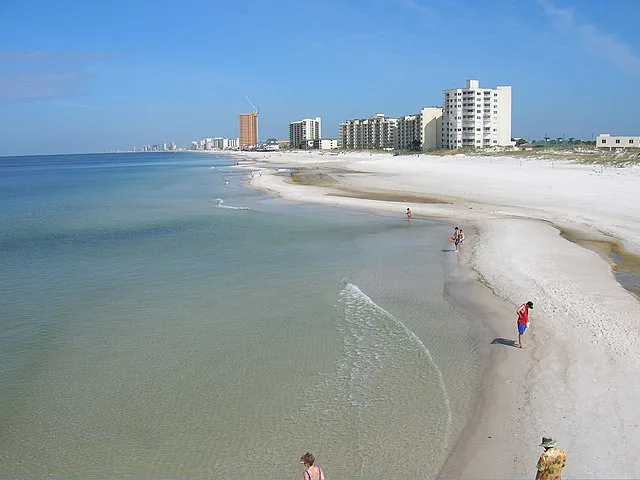Published on
August 21, 2025

Romania’s tourism sector recorded a cautious yet promising performance in the first half of 2025, welcoming over five million visitors as longer stays, rising foreign arrivals, and the country’s Schengen integration played a key role in driving this modest growth. While overall arrivals barely increased, the surge in international tourists and extended stays signals a positive shift, positioning Romania for gradual but steady expansion in its tourism industry.
Romania’s Tourism Sector Sees Modest Growth in Early 2025 as Foreign Visitors Stay Longer
Romania’s tourism industry experienced a restrained yet noteworthy performance during the first half of 2025, signaling a phase of cautious optimism for the Balkan destination. According to the National Institute of Statistics, the country welcomed approximately 5.79 million tourists between January and June this year, reflecting a marginal 0.1% increase compared to the same period in 2024. While overall growth in arrivals remained almost flat, some encouraging trends suggest a more promising outlook for the sector.
Longer Stays Boost Accommodation Numbers
One of the most positive indicators emerged from overnight stays, which registered stronger growth than overall arrivals. Overnight stays reached 11.58 million in the first half of the year, marking a 2.3% rise from last year’s figures. This trend indicates that while Romania has not seen a major surge in new visitor numbers, those who choose to travel are staying longer. For tourism operators and hospitality providers, this is a crucial metric, as extended stays often translate into higher spending across accommodation, dining, and local attractions.
Foreign Tourism Gains Momentum
The most significant contribution to this moderate growth came from international travelers. Romania attracted nearly 1.11 million foreign visitors during the first six months of 2025, representing a 5.5% year-on-year increase. While these visitors accounted for only 19.2% of total arrivals, their growing presence underscores Romania’s increasing appeal on the global stage.
Foreign guests also showed a preference for longer holidays. They accounted for approximately 2.34 million overnight stays, an improvement of 5.2% compared to the previous year. On average, international visitors spent about 2.1 days in Romania, slightly surpassing the two-day average recorded by domestic tourists. This subtle yet significant difference reflects a trend where foreign tourists seek more immersive travel experiences in the country.
Key Source Markets Lead the Charge
Western European markets continued to dominate the inbound tourism segment. Germany, Italy, and the United Kingdom emerged as the top three source markets, contributing 104,800, 103,000, and 72,700 arrivals respectively. These numbers illustrate Romania’s strong connectivity with major European economies and its attractiveness for leisure, cultural, and business tourism.
Romania’s integration into the Schengen Area on January 1, 2025, may have played a role in this upward shift. The removal of border checks for European travelers likely simplified entry procedures, making travel more convenient and potentially stimulating demand. However, statistical experts caution that year-on-year comparisons may not fully capture this effect due to differences in reporting methods post-Schengen accession.
Bucharest Remains the Tourism Epicenter
At the regional level, the capital city continues to dominate Romania’s tourism map. Bucharest recorded 953,900 arrivals and nearly 1.93 million overnight stays in the first half of 2025, reinforcing its position as a key hub for both leisure and business travelers.
Other destinations also showcased notable performances. Brașov County, home to picturesque medieval towns and mountain landscapes, attracted around 635,600 visitors and logged over 1.18 million overnight stays. Constanța County, the country’s gateway to the Black Sea, welcomed 366,200 tourists, with close to 977,000 overnight stays—a testament to its enduring popularity as a summer hotspot for domestic travelers.
In addition, Cluj County, known for its vibrant cultural scene and growing tech ecosystem, recorded approximately 280,000 arrivals during the same period. Prahova County, famous for its ski resorts and wine regions, contributed over 134,000 arrivals, primarily during the winter months.
Occupancy Rates Show Slight Improvement
On a national scale, the net occupancy rate for tourist accommodations stood at 25.7%, slightly higher than last year. While this figure remains modest compared to peak European destinations, the incremental rise reflects gradual stabilization within the sector.
Outlook: A Slow but Positive Shift
Although overall growth in tourist arrivals remains minimal, the underlying dynamics suggest progress. Longer stays by international visitors, increased overnight bookings, and stronger demand from key foreign markets position Romania for steady recovery. As the effects of Schengen accession continue to unfold and marketing efforts intensify, the country’s tourism industry appears poised to strengthen its global appeal in the coming months.









